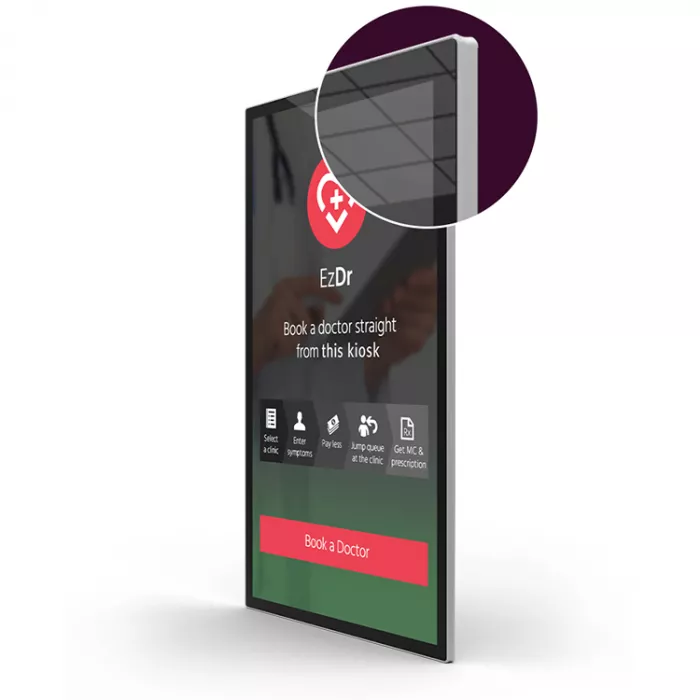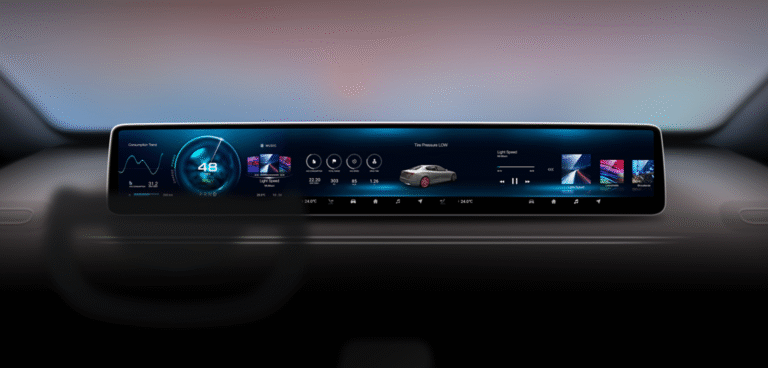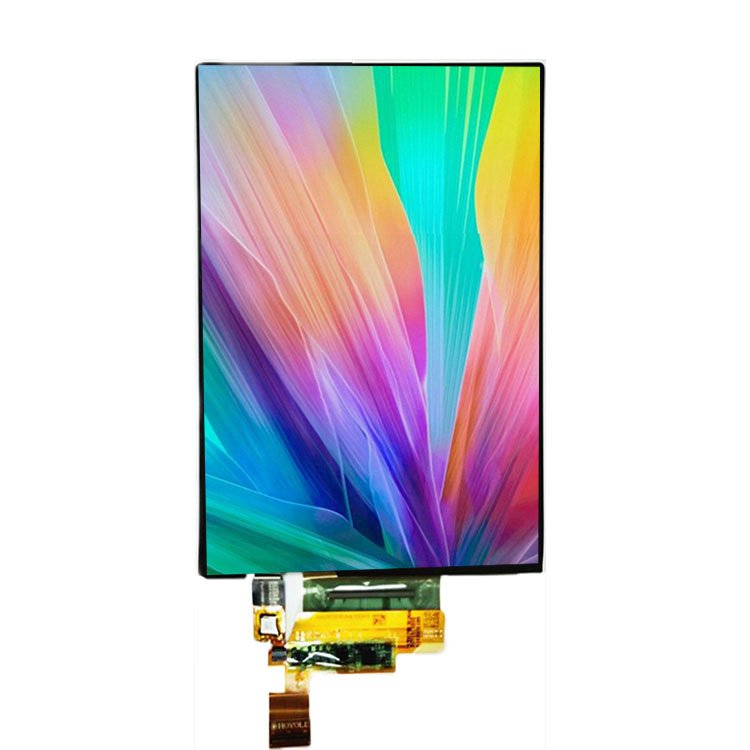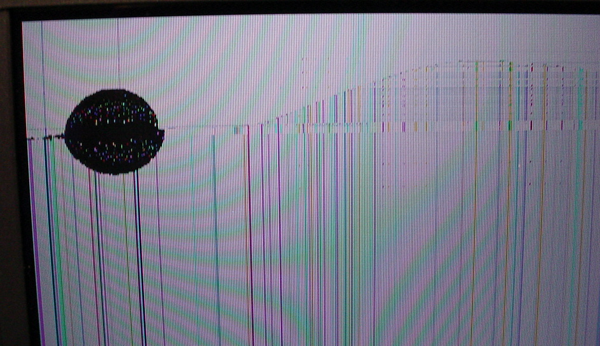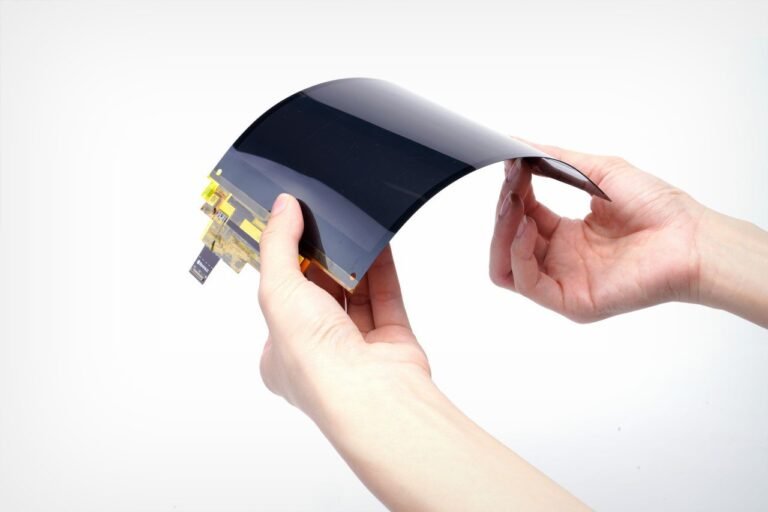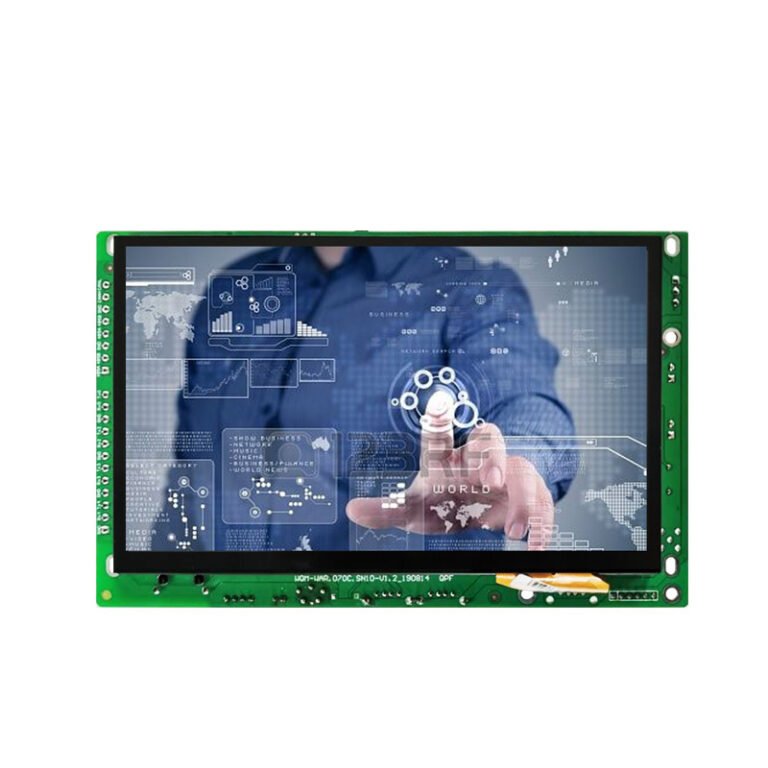1. What is TFT LCD?
TFT LCD (Thin-Film Transistor Liquid Crystal Display) is a subtype of LCD technology that has become the industry standard in consumer and industrial electronics. It utilizes an active matrix of thin-film transistors to enhance image quality and response times. When comparing TFT vs LCD generally, remember that TFT is a more advanced version of standard passive-matrix LCDs.
KKey Benefits:
- Sharp images and fast response times
- Affordable and widely available
- Energy-efficient in many applications
Limitations:
- Limited viewing angles—colors shift when viewed from the side
- Lower contrast in dark scenes due to reliance on backlighting
Common Uses:
- Smartphones
- Televisions
- Industrial monitors
- Vehicle dashboard displays
A Comprehensive Comparison of LCD Panel Types: TN, VA and IPS
2. What is OLED?
OLED (Organic Light Emitting Diode) is a display technology that differs from LCDs by eliminating the need for a backlight. Each pixel emits its own light, allowing for incredible image quality and slim form factors. When comparing TFT vs OLED, OLED often wins in visual performance but costs more.
Key Benefits:
- True blacks—pixels can turn off completely
- Exceptional contrast and color accuracy
- Wide viewing angles with no color shift
- Ultra-thin design
Limitations:
- Higher manufacturing cost
- Risk of burn-in with static content over time
Common Uses:
- High-end smartphones
- Premium televisions
- Wearable devices
- AR/VR displays
Thousands of products are available in our catalog.
Discover our wide range of products, including LCD-TFTs, OLED graphic and alphanumeric displays, LCMs, e-paper displays, barcode scanners (embedded, handheld, fixed mount), industrial monitors, industrial computers (carrier boards, COMs & SOMs, embedded systems, HMI panel computers, SBCs), capacitive and resistive touch screens, and accessories (development kits, connectors, controllers, FPC/FFC tapes, ZIF connectors).
3. What is LED (LED-Backlit LCD)?
Often misunderstood, “LED” in most contexts refers to LED-backlit LCDs. These displays incorporate LED lights as the backlight source behind a standard LCD matrix. In discussions of TFT vs OLED vs LCD, LED usually fits under the LCD umbrella but with enhanced brightness.
Key Benefits:
- Brighter than older CCFL-backlit LCDs
- Thinner and more energy-efficient
- Cost-effective with decent performance
Limitations:
- Still reliant on backlight, leading to less deep blacks
- Color accuracy and contrast vary by panel quality
Common Uses:
- Budget televisions
- Computer monitors
- Digital signage
- Laptops
| Feature | TFT LCD | OLED | LED (Backlit LCD) |
|---|---|---|---|
| Image Quality | Moderate contrast, good colors | High contrast, true blacks | Bright, moderate contrast |
| Brightness | Good, backlight dependent | Excellent, self-emitting pixels | Very bright, due to LED backlight |
| Viewing Angles | Limited, color shifts at angles | Wide, no color distortion | Better than TFT, less than OLED |
| Thickness | Thicker, needs backlight | Very thin, no backlight required | Thin, depends on backlight config |
| Cost | Affordable | Expensive | Budget-friendly |
| Power Efficiency | Moderate | Highly efficient | Efficient, but lower than OLED |
| Applications | Smart devices, monitors, medical | Phones, TVs, wearables | TVs, monitors, digital signage |
Conclusion: Which Should You Choose—TFT vs OLED vs LCD?
When comparing TFT LCD vs LCD more broadly (including OLED and LED-backlit types), your best choice depends on your priorities:
- Choose TFT LCD for a balance of affordability and performance, especially for industrial displays or devices with frequent use.
- Opt for OLED if superior contrast, perfect blacks, and sleek design matter more than cost.
- Go with LED-backlit LCDs when high brightness and energy efficiency at a budget price are required.
Ultimately, understanding the pros and cons of TFT vs OLED vs LCD helps you make smarter product development or purchase decisions.
FAQ: Frequently Asked Questions About TFT vs OLED vs LCD
Q1: Is OLED better than LCD?
A: Yes, especially in image quality. OLED offers deeper blacks and better contrast. However, TFT LCDs are more cost-effective and durable for certain applications.
Q2: Is LED the same as OLED?
A: No. LED typically refers to an LCD screen with LED backlighting, whereas OLED is a self-illuminating pixel technology.
Q3: Why do OLEDs suffer from burn-in?
A: OLED pixels can degrade if static images remain too long. Modern devices implement features to mitigate this issue.
Q4: Can TFT LCDs match OLED image quality?
A: Not exactly. IPS-based TFT LCDs have improved significantly, but OLED still leads in visual performance.
Q5: Which screen is best for outdoor use?
A: LED-backlit LCDs usually provide superior brightness, making them ideal for outdoor environments.
Reference Resources:



